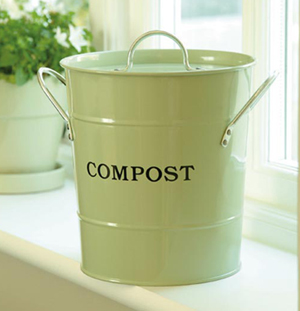
 I have 4 tips to make your kitchen greener, and you'll be happy to know they all respect the other green category – money.
I have 4 tips to make your kitchen greener, and you'll be happy to know they all respect the other green category – money.
1) Eat greener. The lower you eat on the food chain, the better it is for the environment. It simply takes more land / energy / water to grow a pound of beef than it does to grow a pound of broccoli or eggplant.
2) Recycle those table scraps, so you can turn them into compost. Get a small container with a lid, maybe even an old diaper pail, and keep all that old plant matter left over from preparing and eating a meal. No animal products. Just veggie scraps. Phase two happens out in the yard when you turn the table scraps into plant food by making compost.
3) Use non-toxic cleaning products. Your food sat on that counter, for God's sake. AND, vinegar and water and baking soda are much cheaper than the harsh chemical alternatives.
4) Avoid single use plastic whenever possible. Store your leftovers in re-useable containers that last for many years and save some dough. Plastic bags cost a lot over time.

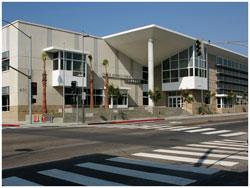
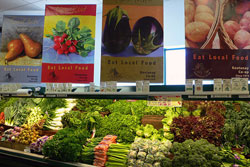 The future of our food system is at a critical juncture, says Arty Mangan, Food and Farming Program Director for Bioneers. “The industrial agriculture industry says that they want to feed the world, but at what cost?”
The future of our food system is at a critical juncture, says Arty Mangan, Food and Farming Program Director for Bioneers. “The industrial agriculture industry says that they want to feed the world, but at what cost?”
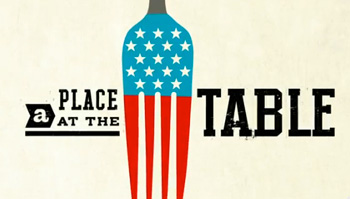 Certain issues are very near and dear to my heart and none more so than hunger. Having worked in a homeless shelter, I got to know people who struggled to get enough to eat on a daily basis and it was an honor to be able to feed them. Ironically the homeless shelter I worked at was in a very wealthy county. But hunger is something that the richest and the poorest countries have in common and it doesn't just affect the homeless. And it will take public effort to make the changes necessary to see that hunger is wiped out.
Certain issues are very near and dear to my heart and none more so than hunger. Having worked in a homeless shelter, I got to know people who struggled to get enough to eat on a daily basis and it was an honor to be able to feed them. Ironically the homeless shelter I worked at was in a very wealthy county. But hunger is something that the richest and the poorest countries have in common and it doesn't just affect the homeless. And it will take public effort to make the changes necessary to see that hunger is wiped out.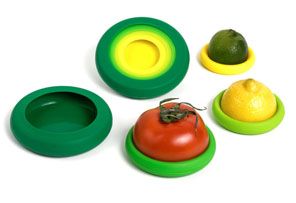 FOOD HUGGERS
FOOD HUGGERS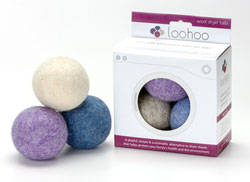 Who said laundry can’t be fun? LooHoo Wool Dryer Balls are colorful, reusable dryer balls that reduce drying time (by 25 percent) and soften laundry naturally! LooHoos lift and separate clothes creating a constant motion that allows more air to circulate around your wet laundry so it dries faster. Made of lanolin-rich wool, about the size of a baseball, these dryer balls can be used for years and the hues will never transfer onto your clothes. The wool fibers absorb static cling, and an added bonus, wool absorbs odors too… so no more stinky socks!
Who said laundry can’t be fun? LooHoo Wool Dryer Balls are colorful, reusable dryer balls that reduce drying time (by 25 percent) and soften laundry naturally! LooHoos lift and separate clothes creating a constant motion that allows more air to circulate around your wet laundry so it dries faster. Made of lanolin-rich wool, about the size of a baseball, these dryer balls can be used for years and the hues will never transfer onto your clothes. The wool fibers absorb static cling, and an added bonus, wool absorbs odors too… so no more stinky socks!